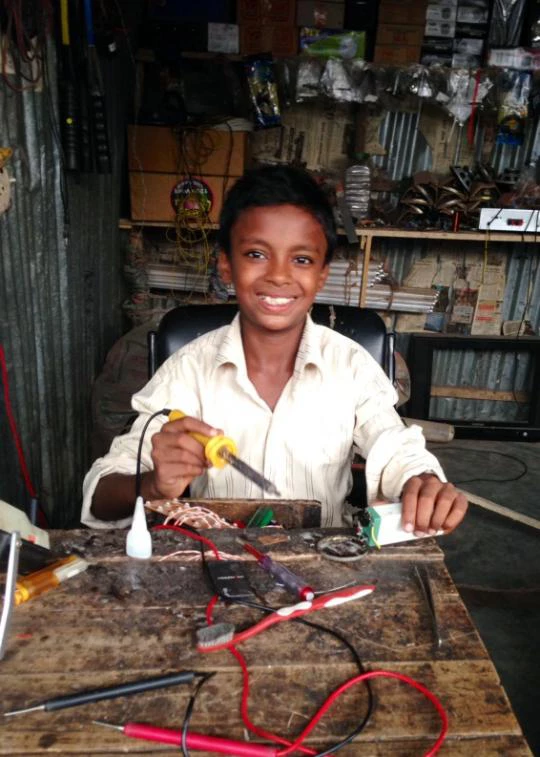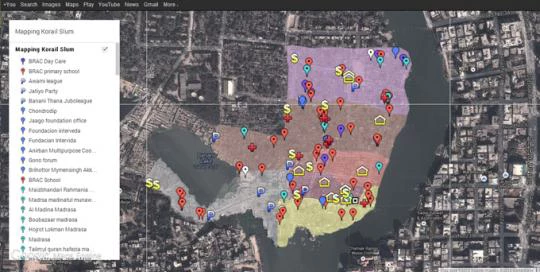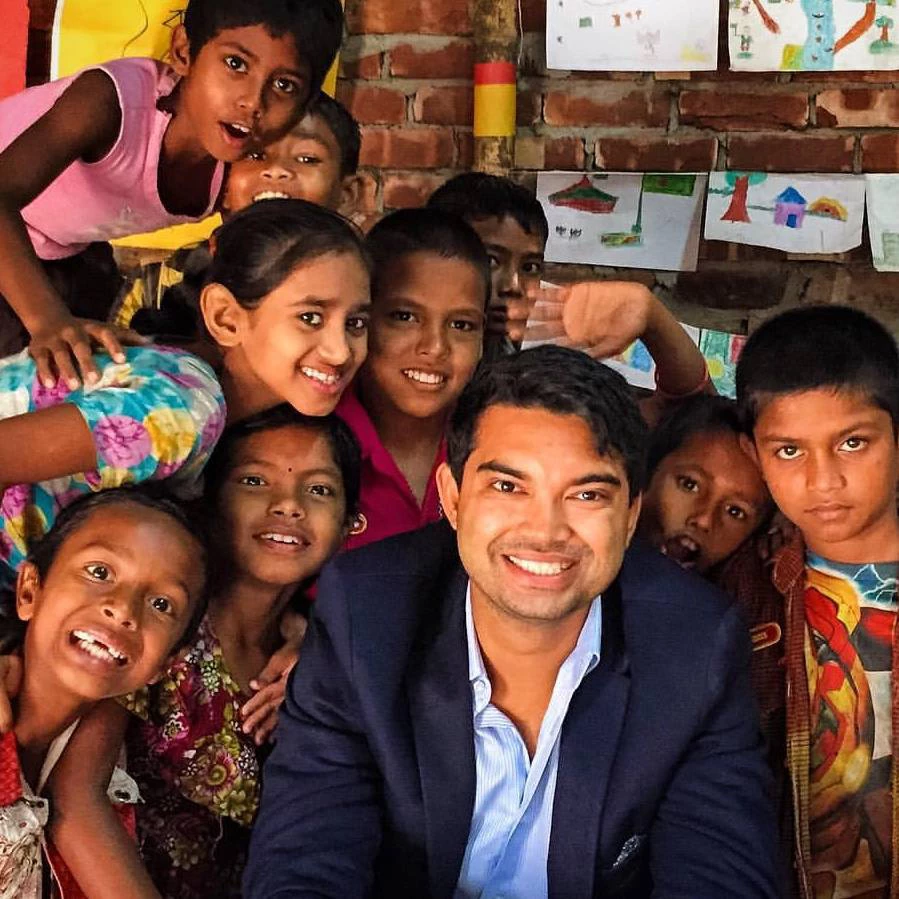
“I wanted to be a doctor,” said Batashi, a 13-year-old girl with an infectious smile, “But I had to leave school after class 3, there was no one else to look after my brothers.”
I met Batashi on a muggy afternoon in Korail, the largest slum in Dhaka city. Nestled in the shadows of the city’s glitzy condo buildings, Korail is home to 16,000 families that cram into just .25 square kilometers. Driven from their rural homes by poverty, about 500,000 people – roughly the population of Washington DC – migrate to the city each year.
This makes Dhaka one of the fastest growing cities in the world – a dubious honor for an already overstretched city. It is estimated that by 2030, close to 100 million people – almost half the population of Bangladesh – will be living in urban areas. Many of these migrants will inevitably end up in slums like Korail.
Life in the slums is not easy for children like Batashi. They spend their days tending to younger siblings and sick family members; gathering firewood to cook meals, or fetching potable water (no mean feat in Korail, where water is often controlled by local thugs). Many are forced into menial jobs to help make ends meet for their families. Burdened with adult responsibilities at a young age, schooling often takes a back seat.
For the children that can go to schools, access is another challenge. BRAC produced a handy map of Korail, which does a great job visualizing the distribution of schools in the area (they only found 42 schools and 10 madrasas for the entire slum).
Click to see interactive map
These inequities lead to dishearteningly low education outcomes. Only 58 percent of slum inhabitants over the age of 12 can read or write. Since a literate parent is one of the strongest factors behind a child going to school, it comes as no surprise that slum children are 2.5 times more likely to be excluded from school than the national average.
The implications are clear – we will not attain universal access to education if children continue to fall through the cracks.
Despite impressive strides in overall enrollment in Bangladesh, about 5 million children (between the ages of 6 and 14) still remain out of school. The poorest children are the hardest to reach – those coming from the poorest quintile are 12 percent more likely to be out of school. Many miss enrolling at the right age, some can’t afford books or transport, and others are forced to drop out to support their families.
NGOs such as BRAC have already stepped up efforts to deliver services in slum areas. The urban slum survey found higher rates of enrollment for children that live near NGO schools, particularly at the secondary level.
Building on this momentum, the Reaching Out of School Children II project, which currently provides second chance education to rural children, will be piloting its model in Dhaka’s slums. To cater to the needs of working children, ‘Ananda Schools’ (or schools of joy) will deliver an accelerated curriculum during flexible school hours, and aim to eventually integrate them into the mainstream education system. Targeted education stipends will attempt to ease the financial burden on poor families, a program that has proved successful in the past. A rigorous impact evaluation will also test what works, what doesn’t, and help guide future expansion of the program.
Bangladesh at a Crossroads
Today, a third of the Bangladeshi population is below the age of 15. A youth bulge can be full of promise. It can spur economic growth by increasing the share of working population, lowering dependency ratios, and more importantly, injecting dynamism into an economy – all key to Bangladesh’s middle-income country aspirations.
Whether the democratic dividend becomes a demographic liability now hangs on how we invest in our youth, including our most vulnerable.
Follow Mabruk on twitter at @maksterx
Photo Credits: Mabruk Kabir/World Bank



Join the Conversation